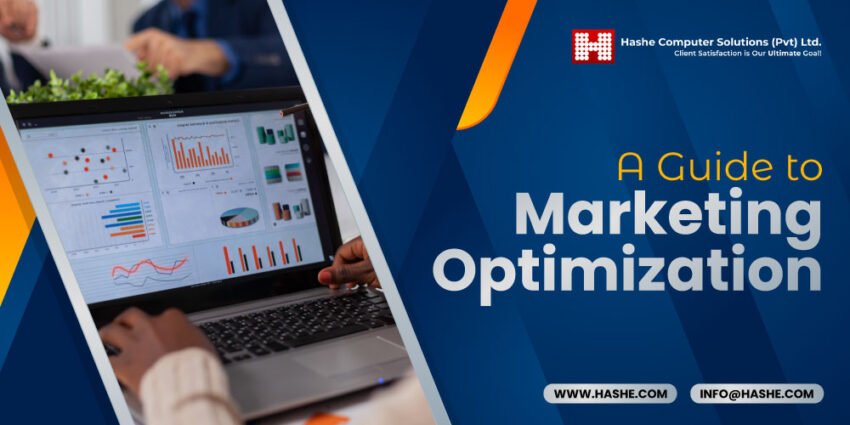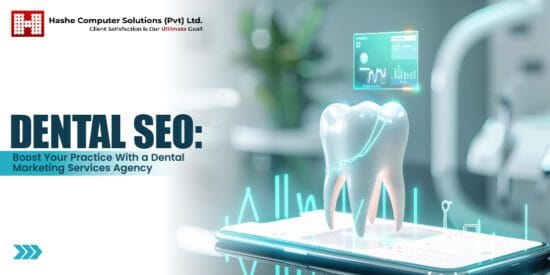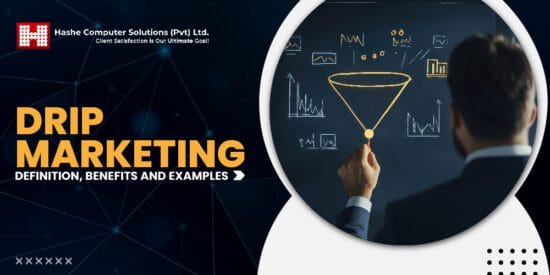
Each business has to advertise its goods or services to attract new clients or merely to increase sales from current ones. Nevertheless, firms must obtain the most value for their money. A company will eventually become unsustainable if its marketing expenditures exceed the money it brings in. That is where marketing optimization enters the scenario.
If you’re serious about your business’s success, you realize marketing takes time and work. After starting marketing campaigns, it’s crucial to monitor their effectiveness. There are numerous ways to connect with your target audience and ensure you have the impact you desire.
What is Marketing Optimization?
Marketing optimization essentially means tracking each channel your company uses and making modifications based on the outcomes.
Reaching your company’s objectives more effectively is the main focus of marketing optimization. It involves modifying your marketing strategies in response to the data you collect. You can make these adjustments with marketing tools and methods outlined in your marketing plan. By doing this, you can ensure that their accomplishments line up with your goals.
An effective marketing optimization procedure can ultimately make the difference between making money and wasting money on ineffective advertising.
Why is Marketing Optimization Essential?
You must have a strong marketing optimization program to ensure you utilize your marketing budget as effectively as possible. Whether your budget is growing or contracting, you want to ensure the most return on your investment.
Unfortunately, saying this is easier than doing it. Marketing professionals must deal with several attribution issues, such as offline measurement, data quality, frequency effectiveness, etc.
Marketing optimization will assist you in understanding where you should spend your money. Furthermore, it will allow you to concentrate on the KPIs crucial to your company, whether conversion rates, ROI, or sales growth.
How to Optimize Your Marketing Efforts?
1. Know Your Target Audience
The cornerstone of your marketing is your target audience. It is where to start when optimizing your marketing.
Understanding your target demographic is essential if you want to increase your traffic and precisely optimize your marketing efforts.
You should become so familiar with your buyer personas that you can accurately understand their demands and how your product or service fills the gap.
Spend some time considering who these people are and how what you’re selling relates to them.
Create a process map, decide how to reach them, and research their potential responses to a specific marketing initiative.
Your marketing activities will have a better impact if you narrow down your consumers and their general demands.
2. Utilize Data & Analytics
The marketing data that you collect shows the effectiveness of your marketing strategies and tools. Finding patterns in your data allows you to focus your efforts and achieve your goals. That’s what analytics is all about!
3. Benefit from Automation
Even if marketing calls for human interaction, automated processes might free you up to concentrate on more significant strategies and choices. Utilizing automation, you can:
- Gather information about the success of your marketing initiatives.
- Plan when marketing efforts will start.
- Control who gets which emails and when.
- Manage the timing of your social media marketing campaigns.
- Determine and remove unsuccessful advertisements.
- Generate analytics that show what factors contribute to successful campaigns.
4. Utilize Social Media
You can reach your target audience via social media marketing, and they can spread the word about your content. Both sponsored adverts and original material fall under this. Social media marketing may fuel itself in this way, increasing your influence.
Social media marketing has several more advantages than just easy shareability of the content. It is simple to assess and evaluate the success of your marketing with social media efforts. By doing so, you can better understand how and why it’s meeting or failing to meet your standards. You can use this information as a foundation for your efforts at marketing optimization.
5. Improve your SEO
The process of enhancing your search engine performance (SEO) is called search engine optimization. Your chances of generating traffic increase with your website’s ranking. More involvement leads to more traffic, which usually increases revenue.
To improve your site’s SEO, ensure it has the right keywords in the content, in the meta descriptions, and alt text of the images and has relevant photos and videos. Optimize your content for readability, link your content to other websites with authentic content, and build backlinks.
Search engines seek out content that is pertinent to user searches. After determining if your material responds to the user’s query, the search engine assesses your content’s readability, dependability, and trustworthiness.
What if you run a physical storefront business?
If you only conduct business in person, you could believe that online marketing is unnecessary.
However, even if your company already has a well-known brand and a following of devoted clients, more and more consumers are starting their search for the services they require online. Creating an online presence using one or more of the following to improve your marketing and bring in more clients:
Website: It can be as simple as one or two pages with your logo, contact information, and business hours.
Marketing on social media: Many of your current and prospective consumers use social media. It’s a simple method to contact them.
Paid web advertising: Getting your name and business in front of potential customers can be surprisingly inexpensive—and your return on investment should cover the cost of the ads.
Email Marketing: An instructive newsletter about your industry and your company’s place in it, and weekly emails with discounts, are excellent ways to keep your clients interested.
How and what data should you gather?
1. Cookies
A cookie is a bit of code that records a user’s online activities. Cookies can tell you where and when consumers click on your advertisements. They also track who visits your website and from where and when. Most online marketing optimization solutions include numerous choices for collecting information about your target clients via cookies.
2. Online Surveys
You can get two types of beneficial data from a brief online survey. There are the actual facts as well as the customer responses. There is also information on the kind of consumer interested in your company, product, or service enough to complete a survey.
These facts are equally significant. The efficacy of your marketing or brand is evident from the fact that they were willing to devote so much time to completing your survey.
3. Global Positioning System (GPS)
Knowing where people are when they engage with your content is helpful. Although the internet connects people globally, purchasers frequently still consider local issues. As a result, GPS data can assist in campaign optimization:
- Designed to reach people in a given state or city.
- Intended to open doors for you in new places.
- To introduce products that cater to people’s requirements in particular geographic areas.
Get Started With Marketing Optimization with Hashe!
Today, marketing optimization is simpler than ever. Hashe provides all the resources and tools you require to make your marketing efforts successful. You can spend more time giving your clients exceptional solutions without fussing with your marketing. Get in touch with Hashe right away to learn more!
Keep following us for more tech news! Check out our Social Media Pages
Was this helpful?
Last Modified: June 26, 2024 at 9:20 am
170 views















